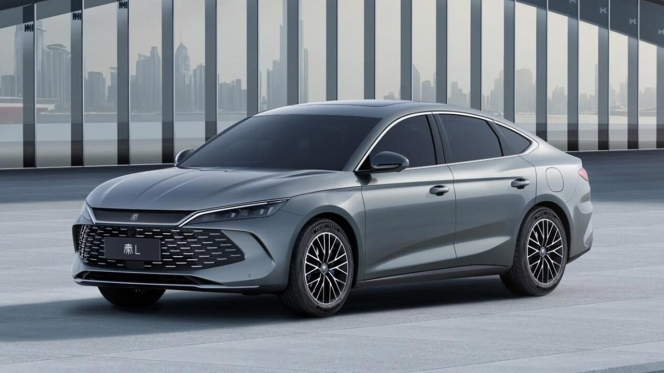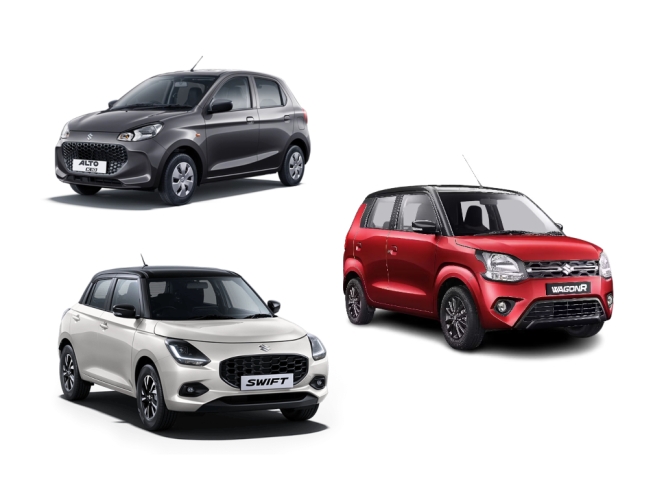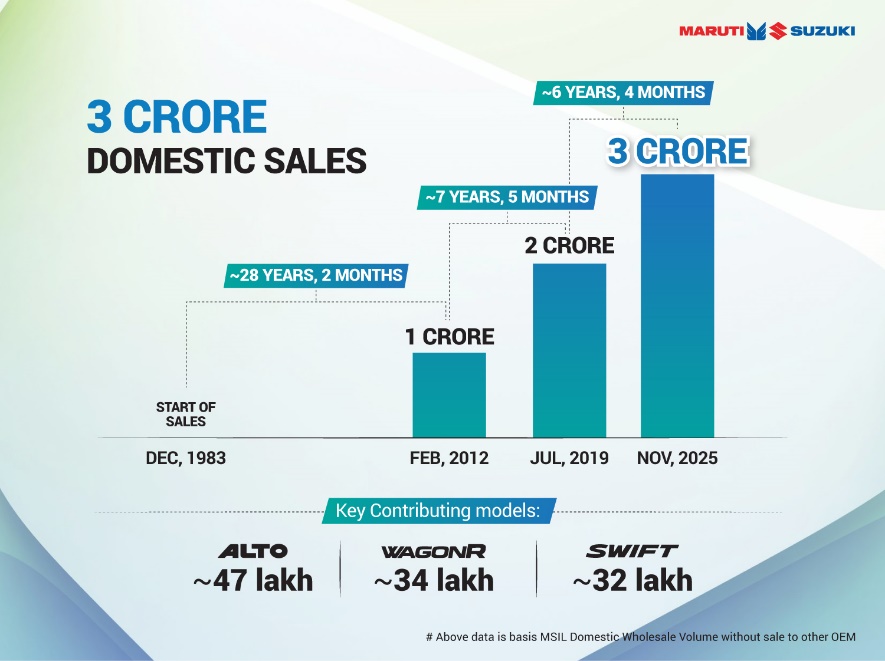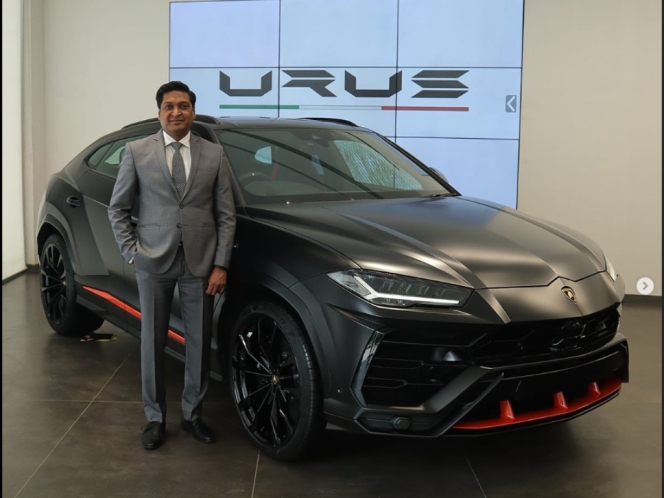Would Extended-Range Hybrids Make A Good Case For India?
- By Bhushan Mhapralkar
- July 18, 2024

It is no secret that hybrid cars are attracting the attention of more and more buyers in India as they promise a combination of an electric system and an IC engine, providing superior fuel efficiency, a silent ride when propelled by the electric system and good performance with the motor contribution to the power and torque output of the vehicle.
Despite attracting a higher tax than the IC engine or electric vehicles in India at 42 percent as compared to the latter two which are taxed at 28 percent, hybrid vehicles such as the Toyota Hycross and the Maruti Grand Vitara are selling god numbers in their respective segments.
As the demand for reduction in tax on hybrid turns vocal and state governments – the Government of Uttar Pradesh has announced a reduction in registration tax of a strong hybrid vehicle by eight to ten percent – begin to sops, hybrid vehicles seem to get into an advantageous position in terms of their market value and position.
With this as a basis, the time may be right to ask if extended-range hybrids would make a good case for India? The extended-range hybrid technology in vehicles is promoted as a step towards full-electric, informed an industry source. It is led by China and as a technology subject to certain challenges, he added.
With automakers like Stellantis and Ford gearing up to unveil range-extended hybrids in Europe, the challenge they are going to face is the European Union (EU) emission regulations. It would be necessary that such vehicles are excluded from the EU's 2035 combustion engine sales cut-off.
Essentially plug-in hybrids with a drive range of up to a whopping 2,100 km, the extended-range hybrid cars such as the two models (one is named Qin L) unveiled by BYD to challenge Volkswagen and Toyota in the Chinese market recently works in a manner that the electric power architecture, which is the foundation for achieving lower energy consumption and higher thermal efficiency, works smartly.
In other words, the technology taps the higher thermal efficiency of electricity on the basis that the same amount of fuel can generate more electricity for the battery, directly enhancing the vehicle’s range. This in-turn should also explain the lower energy consumption factor.
Providing an insight into the 2,100 km drive range claim by BYD for the two range-extended hybrid models it launched in China recently, an engineer mentioned that the company has simplified the conditions that govern the IC engine (this is unlike before when the IC engine handled various conditions as the sole powertrain) and have let the electric motor handle more. The result is an improvement in thermal efficient as the engine conditions are simpler.
For a strictly electric vehicle company to enter IC engine manufacture and deploy it in its cars marks a significant shift in how the electric vehicle industry is responding to the market requirements.
Innovating a powertrain such that the IC engine handles only 20 percent of what it handled as the sole powertrain of a petrol or diesel vehicle, BYD opted for a high compression ratio. The challenge this move presented saw the global EV leader from China to conduct over 240 combustion combination experiments to ensure the engine does not overheat, does not knock, does not experience reduction in power and speed and causing instability.
The thermal efficiency of BYD’s engine is a very high 46.06 percent. That of the Great Wall Motor’s Hi4 hybrid system is 41.5 percent. The power density of the BYD system has gone up by about 70 percent, reducing significant the energy flow path losses. The overall efficiency achieved is about 92 percent.
The cost of such a technology since it is at a nascent stage right now will be high. Its ability to cut down emissions by increasing the thermal efficiency is something that will put cars with such technology in a good position in India.
The real excitement will however lie in democratizing this technology to bring it down to the volume production car level in the next three to five years. This will definitely make a good case for India. Ironically, the IC engine is not showing any signs of disappearing yet.
Tata Motors To Gift Sierra SUVs To Women's World Cup Winning Team
- By MT Bureau
- November 05, 2025

Tata Motors Passenger Vehicles has announced it will present the Indian Women’s Cricket Team with the first lot of the soon-to-be-launched Tata Sierra SUV following their victory at the ICC Women's World Cup. The Tata Sierra is slated to be launched on 25th November.
The company will gift the top-end model of the Sierra to each team member as part of its salute to the team’s journey and contribution to the country.
Shailesh Chandra, MD and CEO, Tata Motors Passenger Vehicles, said, “The Indian Women’s Cricket Team has made the entire nation proud with their extraordinary performance and remarkable win. Their journey stands as a true testament to determination and the power of belief, qualities that inspire every Indian. At Tata Motors Passenger Vehicles, we are privileged to present these legends with another legend, The Tata Sierra. This is our salute to their spirit and the pride they have brought to the nation – Two legends, One spirit, Infinite inspiration.”
Maruti Suzuki India Crosses 30 Million Unit Sales Milestone
- By MT Bureau
- November 05, 2025

Maruti Suzuki India, the country’s leading passenger vehicle manufacturer, has attained a new milestone by crossing the 30-million-unit sales milestone in the domestic market.
The new benchmark was attained by the company over a course of 42 years, with the first 10 million unit sales taking 28 years and 2 months to achieve.
The 20 million unit sales took 7 years and 5 months, while the recent milestone took just 6 years and 4 months.
 Interestingly, the entry-level hatchback Alto was the most preferred model in the country, with over 4.7 million units sold, followed by Wagon R with 3.4 million units and the sporty Swift with 3.2 million units.
Interestingly, the entry-level hatchback Alto was the most preferred model in the country, with over 4.7 million units sold, followed by Wagon R with 3.4 million units and the sporty Swift with 3.2 million units.
The Brezza and Fronx SUVs also played an instrumental role in contributing to the sales milestone, being featured among the top 10 models sold in the country.
It was on 14th December 1983, Maruti Suzuki India delivered its first model, the iconic Maruti 800, to its first customer.
Hisashi Takeuchi, Managing Director & CEO, Maruti Suzuki India, said, “When I look at the length and breadth of India and think that 3 crore customers have placed their trust in Maruti Suzuki to realise their dream of mobility, it fills me with humility and gratitude. Yet, with car penetration at approximately 33 vehicles per 1,000 people, we know our journey is far from over. We will continue to make every possible effort to bring the joy of mobility to as many people as we can, while also be an asset to both the economy and the environment at the same time.”
Sharad Agarwal Is Tesla India’s First Business Head
- By MT Bureau
- November 04, 2025

American electric vehicle maker Tesla has appointed Sharad Agarwal, former Chief Business Officer of Classic Legends, as its new business head, according to a report by Bloomberg.
The report further stated that Agarwal joined the EV maker a week ago and is tasked to drive sales for Tesla in India, which as per industry observers, has not performed as per the company’s expectations.
Agarwal, an automotive industry veteran, had begun his career with TVS Motor Co as Area Sales Manager in December 2002, before joining Mahindra First Choice Wheels as its Business Head for North and Eastern region in March 2007.
It was in January 2013, he moved to Audi India as the head of Sales, before taking over as the head of Lamborghini India in April 2016, where he spent almost 9 years, before joining Classic Legends.
During his tenure at Lamborghini, the Italian super luxury car maker saw its dealerships across India achieved a Return on Sales (RoS) of more than 10 percent, setting a new benchmark for the automotive business in the country. He also grew India’s ranking for the automaker as the third market globally in terms of PR visibility in 2021.
He also expanded Lamborghini India’s reach to over 60 cities, with sales volumes from Tier 2 and Tier 3 cities contributing more than 25 percent of the total.
Tesla, which formally started deliveries in September 2025 with its first dealership in Mumbai and the second facility in Delhi, has till date delivered 114 vehicles, of the estimated 600-plus bookings.
File photo for representational purposes only.
Mahindra & Mahindra Reports INR 36 Billion Net Profit For Q2 FY2026
- By MT Bureau
- November 04, 2025

Mumbai-headquartered business conglomerate Mahindra & Mahindra has announced its financial results for Q2 FY2026 with consolidated Revenue reaching INR 461 billion, marking a 22 percent YoY growth.
The consolidated Profit After Tax (PAT) stood at INR 36 billion, a 16 percent increase YoY. The company stated that, excluding specific one-time impacts, PAT growth was 28 percent YoY.
Mahindra’s Auto business reported sales of 262,000 vehicles, up 13 percent, which includes around 146,000 SUV sales. This translated to a revenue of INR 271 billion, up 25 percent YoY, while net profit came at INR 15 billion, up 8 percent YoY.
On the other hand, the farm sector reported its highest ever Q2 market share at 43 percent with sales of 123,000 units, up 32 percent YoY. The revenue came at INR 102 billion, up 25 percent, while consolidated net profit came at INR 11 billion, up 45 percent YoY.
Dr. Anish Shah, Group CEO & Managing Director, Mahindra & Mahindra, said, “We are pleased with the strong execution and solid performance delivered across the group in Q2 FY2026. Auto and Farm sustained their leadership with consistent gains in market share and profitability. TechM is progressing well on its transformation journey. MMFSL achieved a 45 percent PAT growth and remains committed to quality growth and digital transformation. Our Growth Gems are steadily advancing towards their ambitious goals, reinforcing our long-term value creation potential.”
Rajesh Jejurikar, Executive Director & CEO (Auto and Farm Sector), Mahindra & Mahindra, said, “Strong performance of our Auto and Farm businesses continues in Q2 FY2026 reinforcing our leadership position, with a gain of 390 bps YoY in SUV revenue share, and 100 bps YoY in LCV (< 3.5T) market share. In Tractors, we gained 50 bps YoY to reach 43 percent market share. Our Auto Standalone PBIT margin (excl. e-SUV Contract Mfg.) improved by 80 bps to 10.3 percent and core Tractor PBIT margins improved by 190 bps to 20.6 percent.”
Amarjyoti Barua, Group Chief Financial Officer, Mahindra & Mahindra, “Our solid Q2 consolidated results reflects the strength of our diversified portfolio. We continue to deliver on our strategic priorities. We had strong cash generation in the first half, delivering over INR 100 billion of operating cash flow. We remain committed to sustainable growth and value creation.”






Comments (0)
ADD COMMENT